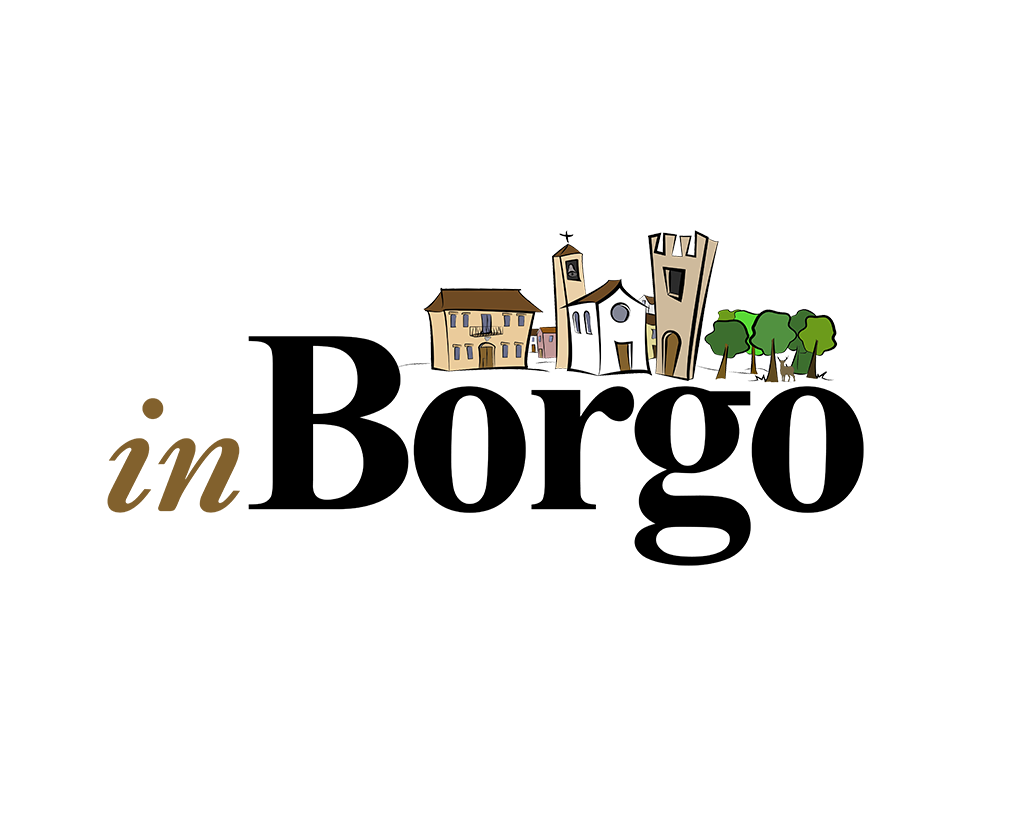In località San Pietro, presso il sito dove sorgeva l’omonimo monastero benedettino (secoli XI-XVI) fu ritrovata un’epigrafe romana, databile al massimo al II secolo d.C. Durante il periodo longobardo Villalago fu annessa al Ducato di Spoleto. In questo periodo il contado peligno divenne regione valvense. Tra la fine del X secolo e il primo ventennio del secolo seguente San Domenico abate abitò nei pressi di Villalago. Successivamente, su richiesta dei conti di Valva, costruì il Monastero di San Pietro in lago tra il 1001 e il 1026. Nel 1065 il Monastero è rappresentato sulla porta bronzea dell’Abbazia di Montecassino. In loco esiste l’eremo di San Domenico, mentre in località San Pietro sono tuttora in atto degli scavi archeologici per ritrovare le antiche vestigia del Monastero di San Pietro del Lago. Dopo la morte di San Domenico il monastero di San Pietro entrò in pieno possesso dei Conti di Valva. Il monastero fu abitato dai monaci fino al XV secolo epoca che fu abbandonato. Tra il 1092 e il 1093 rocca di Sancti Petri de Lacu con le sue pertinenze fu invaso da Oderisio II di Sangro. Nel 1304 Margherita di Sangro mise a ferro e fuoco Villa de Lacu e il limitrofo monastero di san Pietro e al monastero di Santa Maria de Villa de Lacu arrestando, tra l’altro, Riccardo de Aversa. Nel 1568 Villalago si dichiarò Università e comune autonomo, staccandosi da Anversa. Con il crollo del Regno delle Due Sicilie fu assorbita dal Regno d’Italia e in seguito alla decadenza della pastorizia il paese fu interessato dall’emigrazione, poi si è cercato di tamponare questo fenomeno con l’artigianato, il turismo e l’ambiente. Dopo l’eversione dei feudi segui le sorti delle vicine Scanno e, in tono minore, di Anversa degli Abruzzi. Oggi dipende turisticamente dal vicino lago di Scanno, il quale appartiene al comune di Villalago per tre quarti.
In the locality of San Pietro, at the site where the homonymous Benedictine monastery stood (11th-16th centuries), a Roman epigraph was found, dating back to the 2nd century AD. During the Lombard period Villalago was annexed to the Duchy of Spoleto. In this period the Peligno countryside became the Valvense region. Between the end of the 10th century and the first twenty years of the following century, San Domenico Abate lived near Villalago. Subsequently, at the request of the counts of Valva, he built the Monastery of San Pietro in Lago between 1001 and 1026. In 1065 the Monastery is represented on the bronze door of the Abbey of Montecassino. On site there is the hermitage of San Domenico, while in the locality of San Pietro archaeological excavations are still underway to find the ancient remains of the Monastery of San Pietro del Lago. After the death of San Domenico, the monastery of San Pietro came into full possession of the Counts of Valva. The monastery was inhabited by monks until the fifteenth century, when it was abandoned. Between 1092 and 1093 the fortress of Sancti Petri de Lacu with its appurtenances was invaded by Oderisio II di Sangro. In 1304 Margherita di Sangro put Villa de Lacu and the neighboring monastery of San Pietro and the monastery of Santa Maria de Villa de Lacu to fire and sword, arresting, among other things, Riccardo de Aversa.
In 1568 Villalago declared itself a university and autonomous municipality, breaking away from Anversa.
With the collapse of the Kingdom of the Due Sicilie, it was absorbed by the Kingdom of Italy and following the decline of pastoralism the country was affected by emigration, then an attempt was made to stop this phenomenon with crafts, tourism and the environment. After the subversion of the fiefdoms, you followed the fate of the nearby Scanno and, to a lesser extent, of Anversa degli Abruzzi. Today it depends for tourism on the nearby lake of Scanno, which belongs to the municipality of Villalago for three quarters.
Comune di Villalago
Via Corrado Iafolla 1
67030 Villalago (Aq)
Tel. 0864 740102
Alt 930m slm

